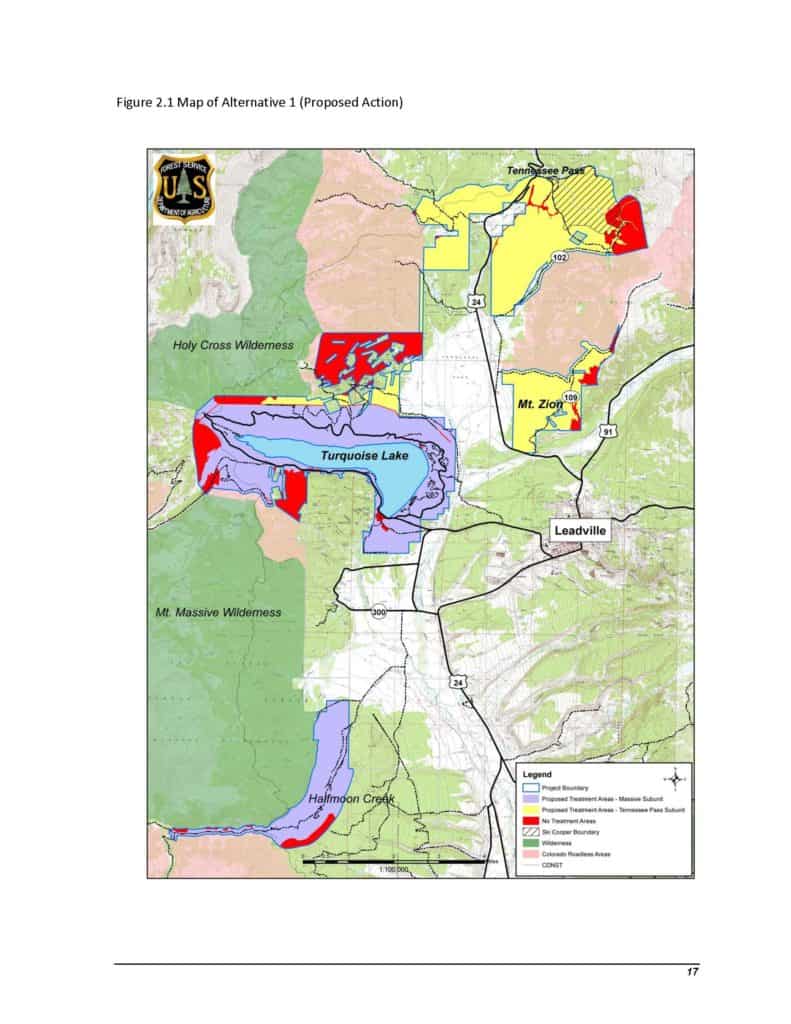Forest Service summary: 2019_07_24_Litigation Weekly
NOTICE OF INTENT
The Center for Biological Diversity claims that the Forest Service has not excluded cattle from allotments in the Gila National Forest and the Apache-Sitgreaves National Forest that were part of a 1998 settlement between the CBD and Forest Service, and therefore it must reinitiate consultation under the Endangered Species Act for several affected species.
BLOGGER’S COMMENT
While litigation about vegetation management is usually about what the Forest Service says it is going to do, grazing litigation is frequently about what the Forest Service actually did. The July 10 Litigation Weekly included the denial of a preliminary injunction in Concerned Friends of the Winema v. McKay, a long-running dispute over the Antelope Allotment and effects on the Oregon spotted frog. The plaintiffs pointed out problems with the way the allotment had been managed in the past, and Forest Service promised to do better. That was good enough for the court at the preliminary injunction stage:
The Court takes Plaintiffs’ concerns about the history of cattle trespass on the Antelope Allotment and the threat to the Jack Creek OSF seriously. Nevertheless, the Court concludes that the Forest Service has imposed sufficient limitations and safeguards to render the risk to the Jack Creek OSF population speculative, rather than imminent, for the 2019 grazing season.
In making this ruling, the Court is cognizant of the long history of litigation concerning grazing on the Antelope Allotment and the significance of the Forest Service’s new model for managing the Allotment’s resources. In response to Plaintiffs’ motion, the Government and the permittee agreed to substantially reduce the grazing planned for the 2019 season, both in terms of the number of cattle and the areas to be grazed.
It’s harder for plaintiffs to bring post-decisional implementation cases than to stop a decision from being implemented in the first place. In both of these cases, plaintiffs had monitor the allotments. At some point though, the Forest Service track record of what it did is going keep it from doing what it wants to do.
BLOGGER’S BONUS (non-Forest Service cases)
In a new BLM case, the Center for Biological Diversity, the Sierra Club and WildEarth Guardians claim the agency failed to consider new drilling technologies or environmental science, including predicted effects of climate change from proposed drilling near Petrified Forest National Park in Arizona. They also claim the oil and gas leases are a thin veil for the extraction of helium, which has other regulatory limitations.
The Oregon federal district court has ordered the Oregon Department of Environmental Quality to do more to protect salmon streams harmed by logging operations. Northwest Environmental Advocates argues that state regulations governing logging on private lands are much weaker than federal regulations governing logging on federal land, so this doesn’t appear likely to affects federal lands even though the state DEQ may have Clean Water Act jurisdiction on federal lands.

